
Artificial dyes have been used in processed foods for decades. Over the last few years, there has been special attention paid to those dyes that could endanger public health. Both companies and the U.S. government are paying these dyes extra special attention.
1. Food Dyes Have Long Been Controversial
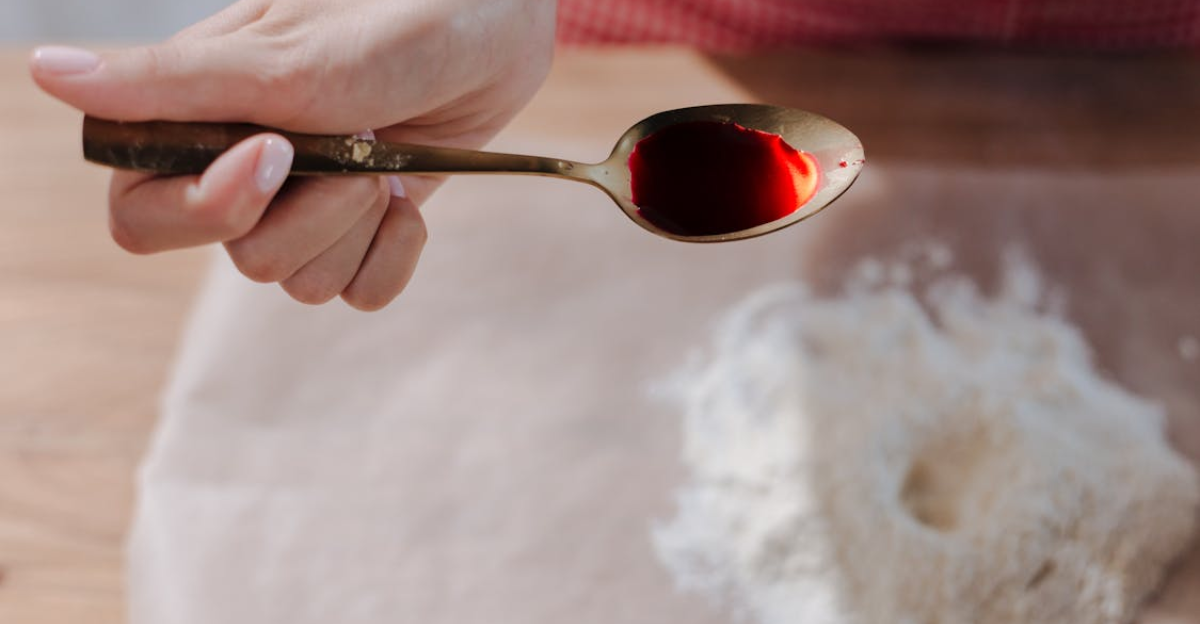
There is still research to be done, but there has long been concern about artificial dyes used in certain food products. Parents are especially concerned about how some of these dyes, which typically are a color followed by a number, can affect their children.
2. The Potential Dangers are Significant
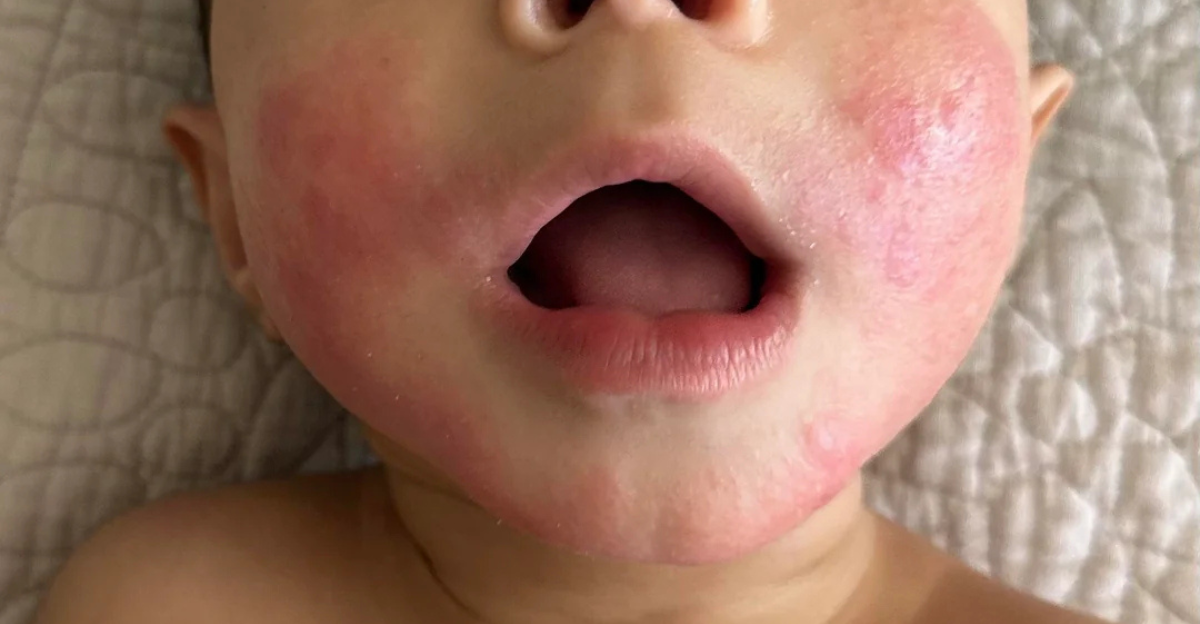
For the most part, low doses of artificial food dyes are considered safe, but there are some concerns about allergic reactions and hyperactivity in children. Some dyes, specifically Red No. 3 and Yellow numbers 5 and 6, have caused cancer when given to laboratory rats in large doses.
3. Kraft Heinz Food Dyes
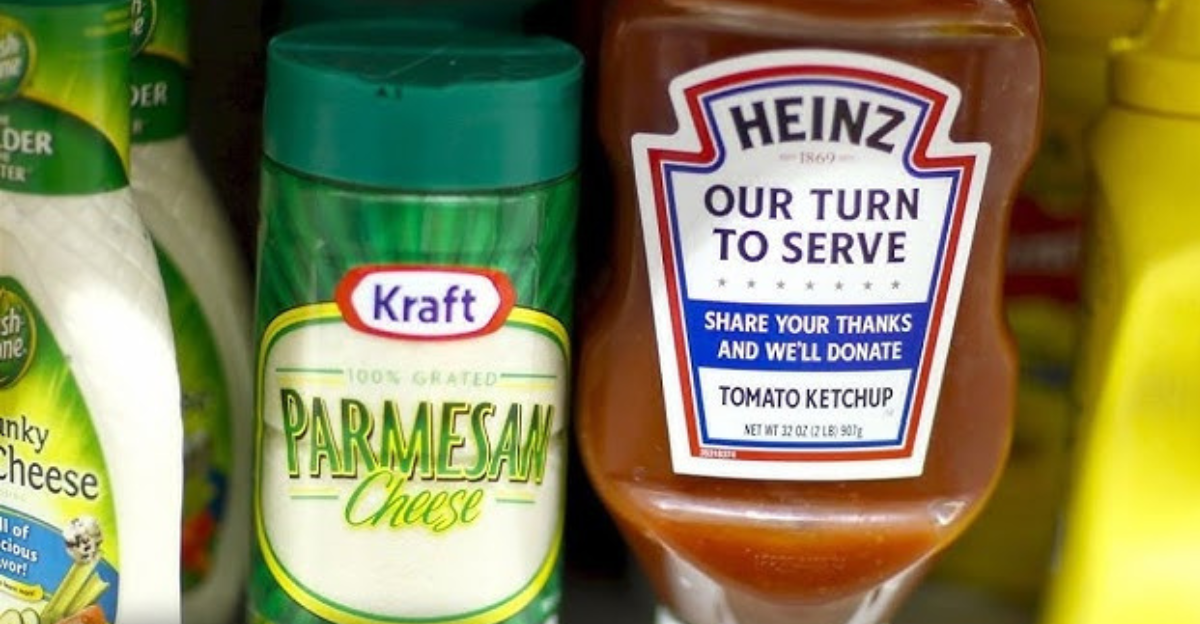
Having purchased numerous companies over the course of its history, Kraft Heinz is a major food conglomerate that merged in 2015. The brand recently announced that it plans to remove artificial dyes from all of its offerings.
4. The Changes Will Happen Over Time
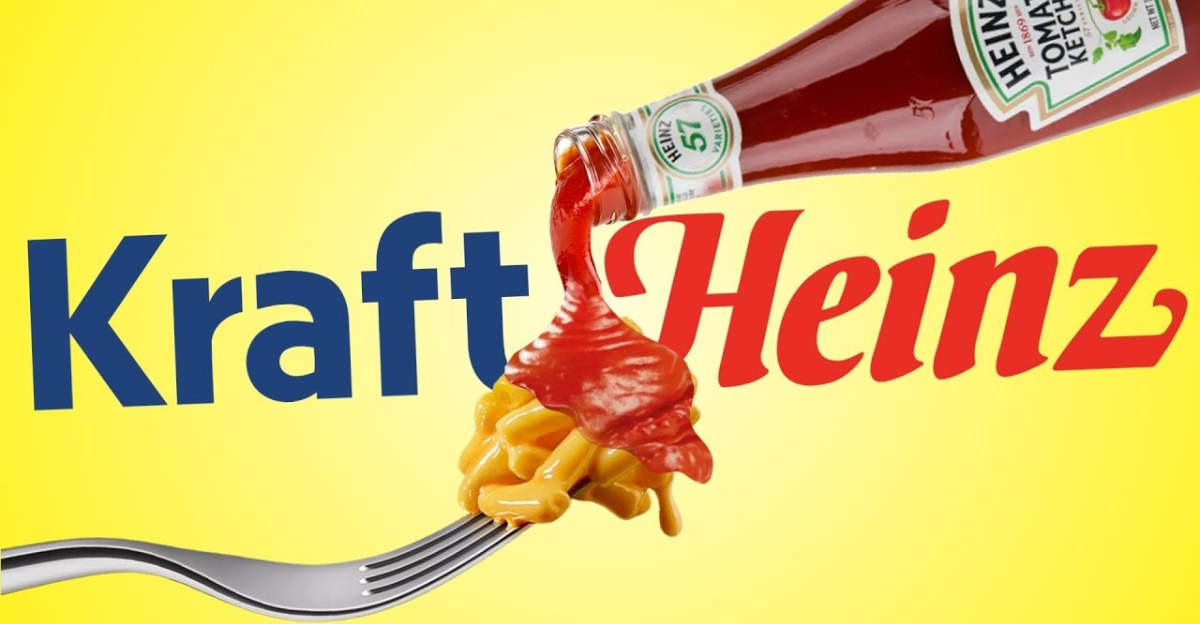
While Kraft and Heinz plan to make these changes, the process will take some time. The brand has said that it intends to have artificial food dye removed from all of its products by 2027. This will give them time to run through their old stock.
5. These Changes Have Been Encouraged by the Government
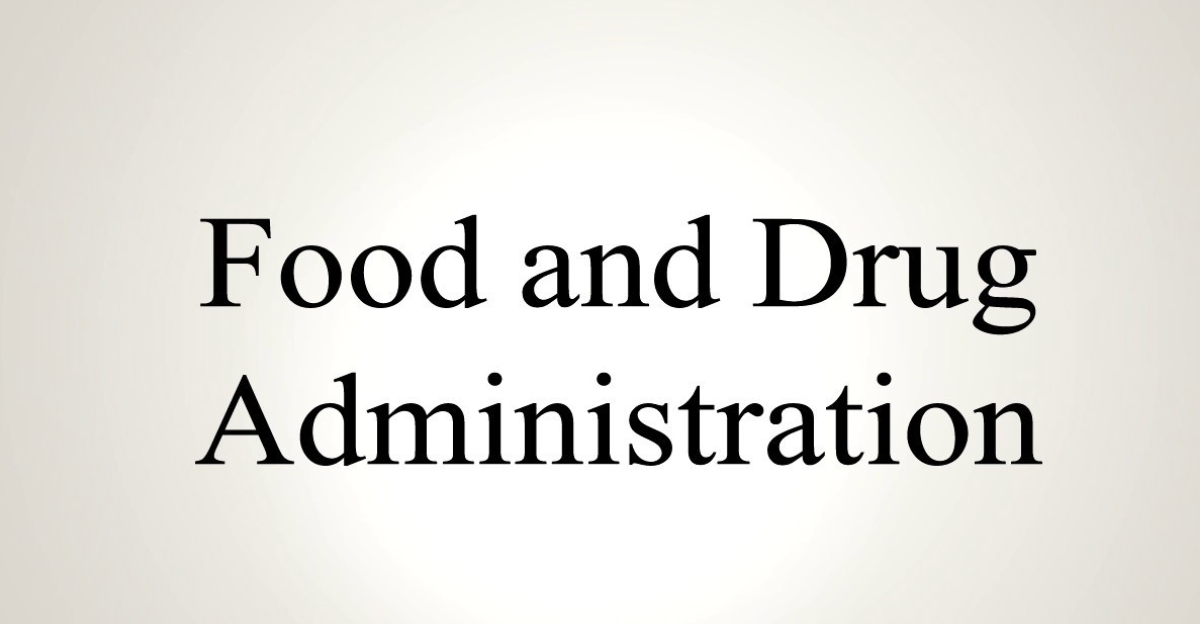
The drive to eliminate artificial food dyes is being driven in part by the Food and Drug Administration and the Department of Health and Human Services. Noting that the synthetic dyes offer no nutritional value, the departments are encouraging companies to look at three natural alternatives instead.
6. The Government Released Three New Natural Colors
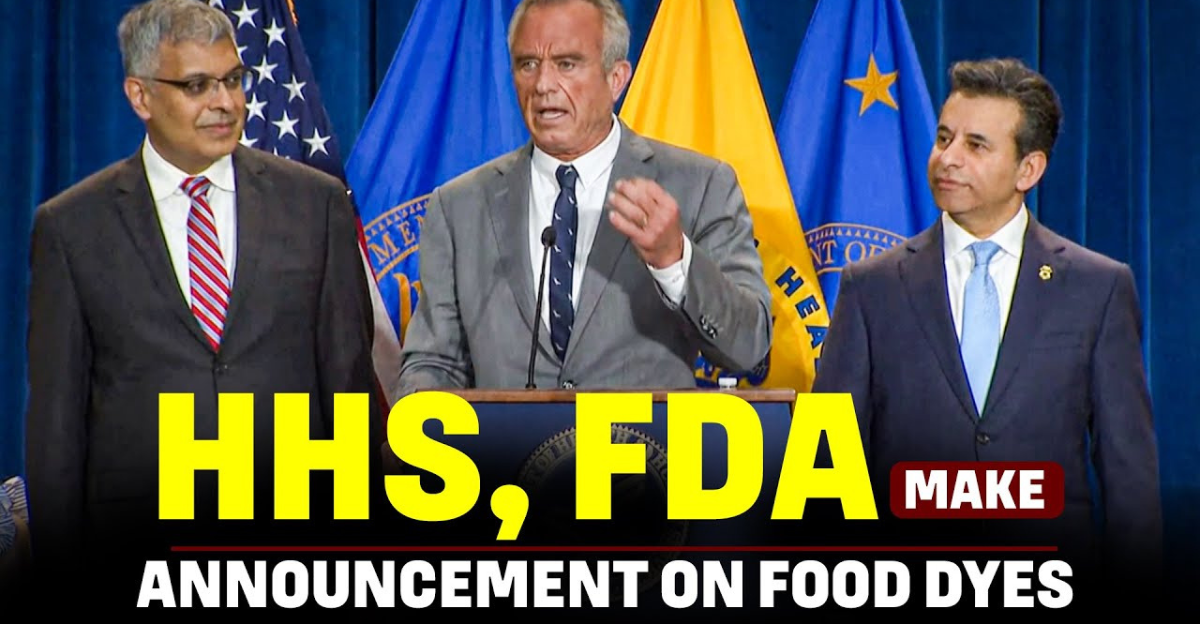
Along with pushing companies to stop using food dyes in their products, HHS and the FDA approved three new natural colors. They are Galdieria extract blue and Butterfly pea flower extract that can be used to create greens and blues, and Calcium phosphate, which can be used to make white.
7. Robert F. Kennedy Jr. is Also Playing a Role
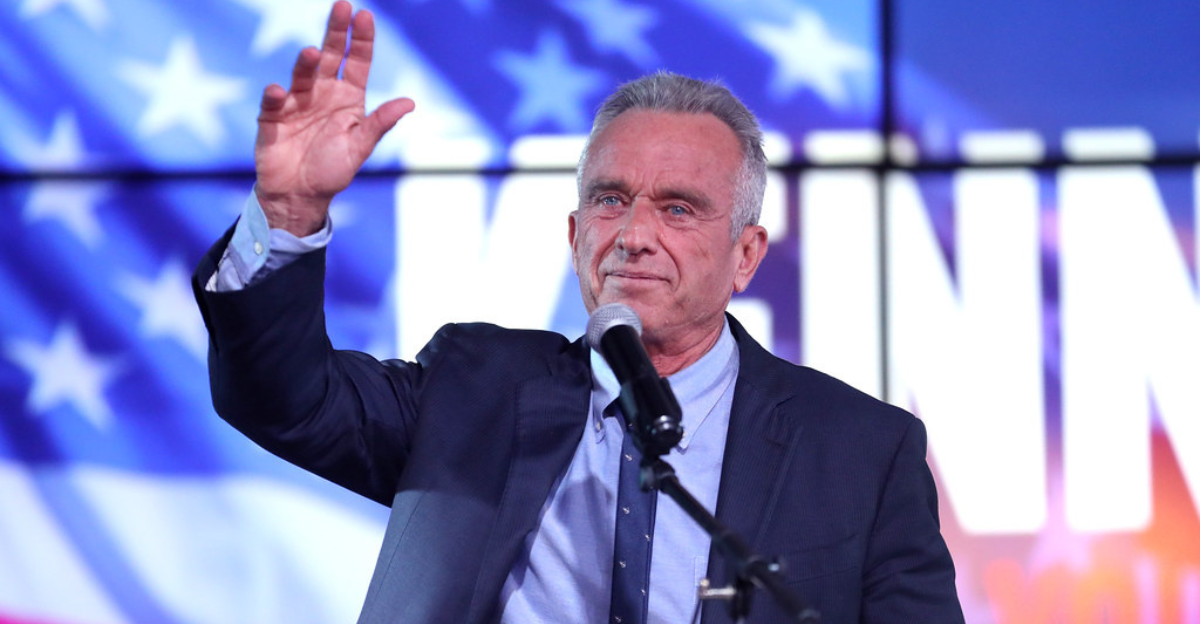
Robert F. Kennedy Jr., who critics say is a conspiracy theorist who regularly fails to show evidence of his claims, is currently the Secretary of Health and Human Services. The elimination of artificial food dyes is part of his larger Make America Healthy Again initiative.
8. Mac and Cheese Changed Several Years Ago
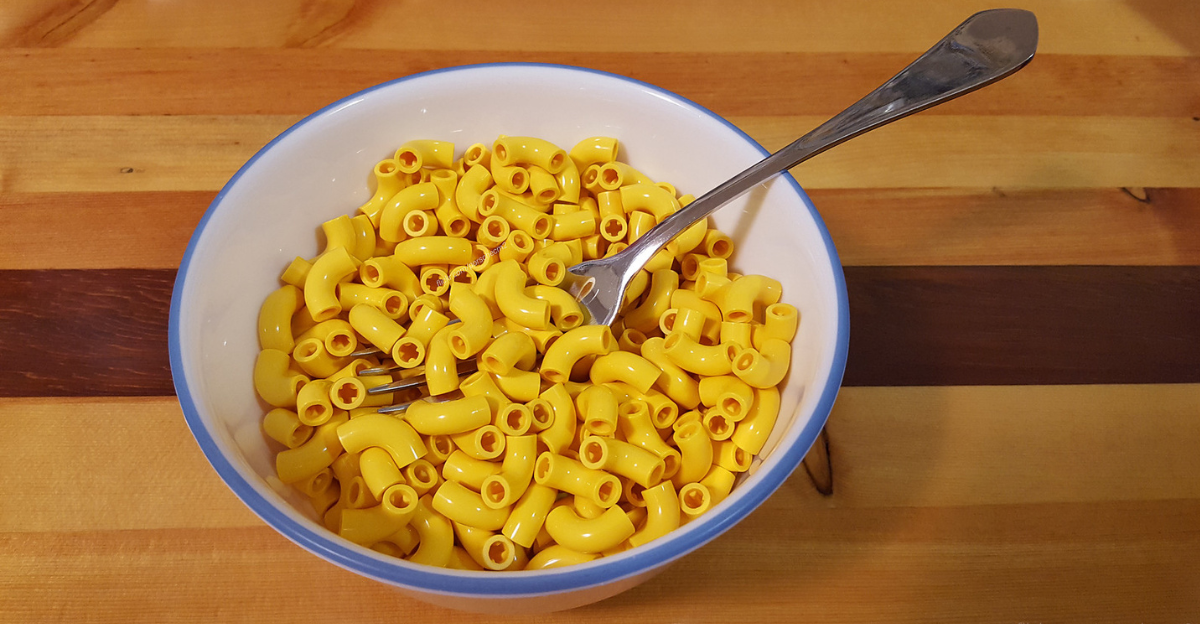
Mac and Cheese has long been one of Kraft’s most popular products, and it is easy to imagine that food dye gives the product its orange color. But the popular boxed pasta has been free of dyes since 2016, when Yellow No. 5 and No. 6 were removed from the recipe.
9. Velveeta Doesn’t Have Number Dyes
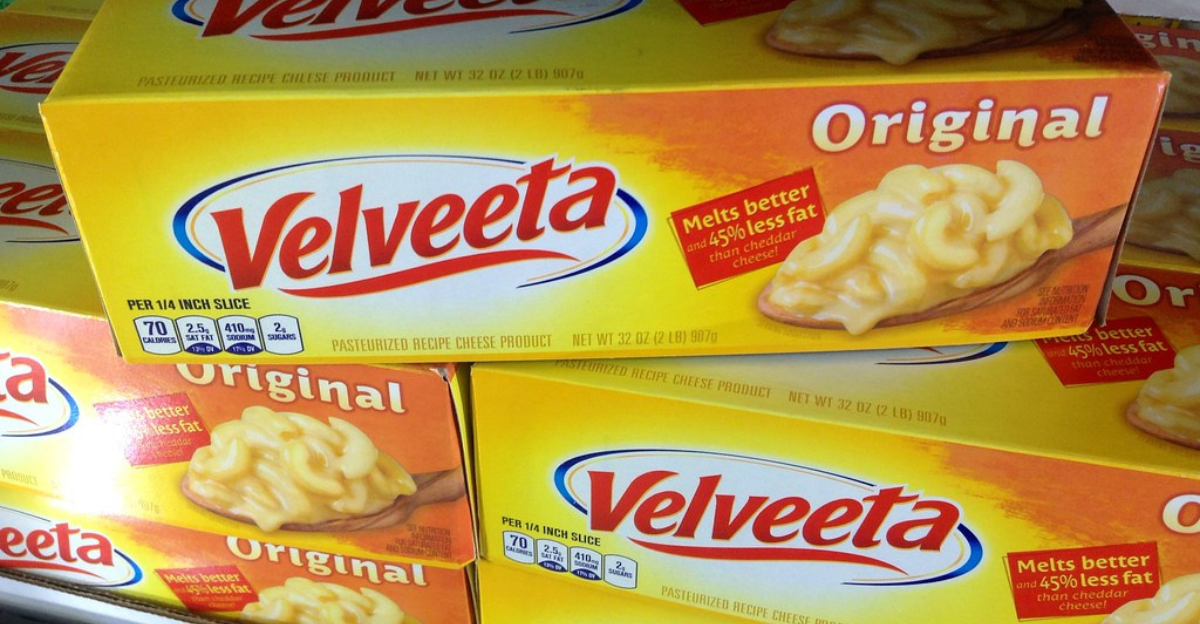
Velveeta cheese, the big orange block seen on dinner tables around the country, also gets its color from natural sources. In addition to the ingredients normally found in cheese, Velveeta gets its hue from annatto and apocarotenol.
10. Heinz Says They’ve Never Used Dyes in Ketchup
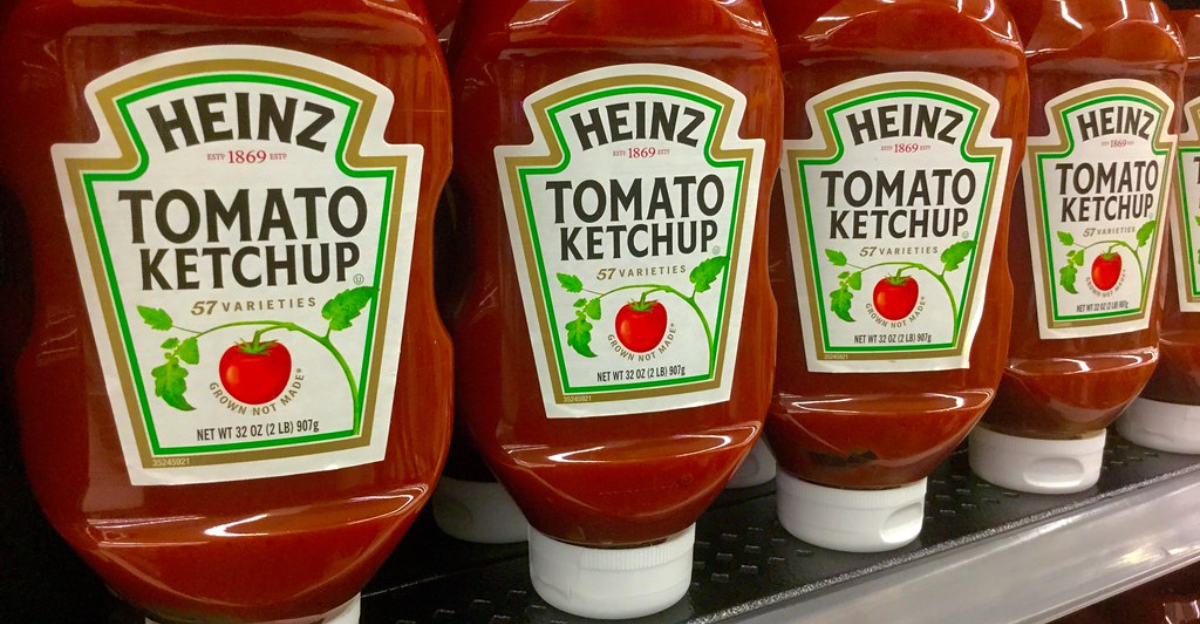
Heinz has been selling their iconic brand of ketchup for nearly 150 years, as the product was introduced in 1876. Over all of that time, the ketchup has been free of artificial dyes, as its red color is naturally occurring.
11. Paprika is Commonly Used as a Natural Food Coloring
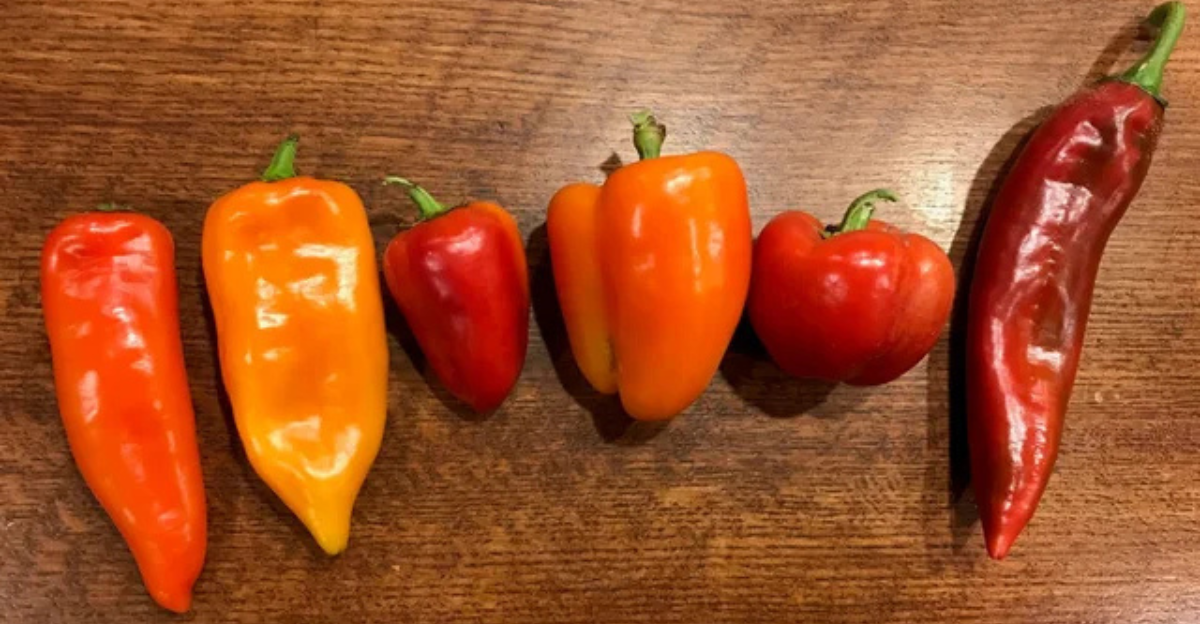
Both the FDA and food brands have sought out products that could naturally add color to food. Paprika has emerged as a spice that can not only help to color the food but also add flavor, as it is known for its smoky flavor.
12. Crystal Light
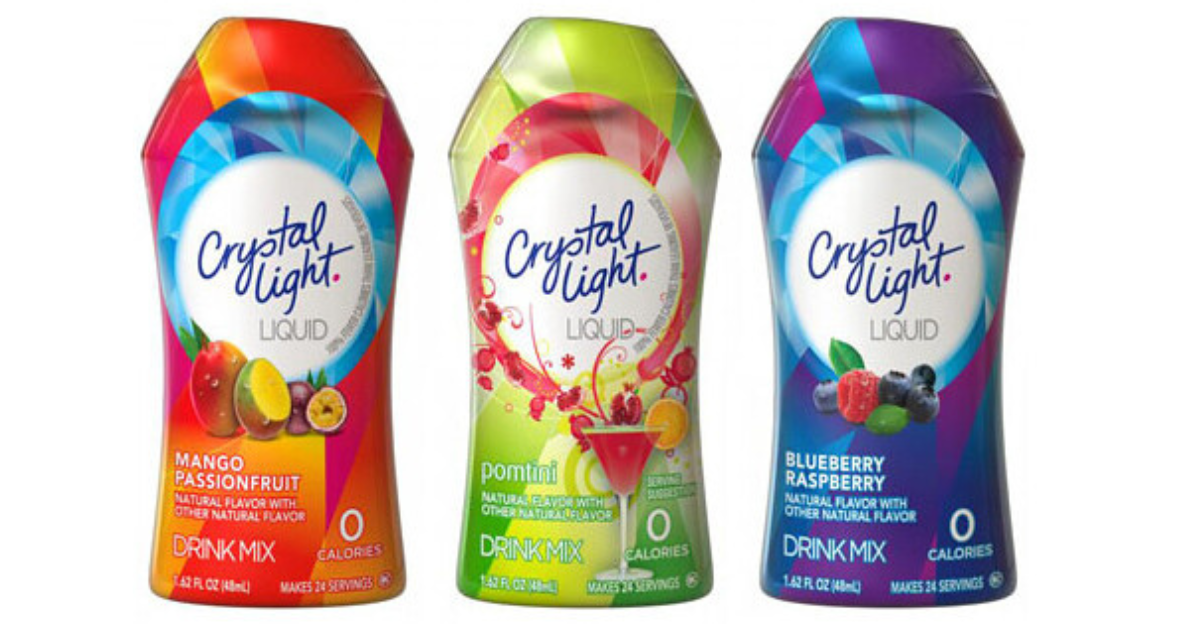
There are lots of people out there who have fond memories of drinking Crystal Light Lemonade or iced tea, as the brand has been around since 1982 and was especially popular in its early years. Now a Kraft Heinz product, Crystal Light will remove artificial colorings from its product line.
13. Kool-Aid
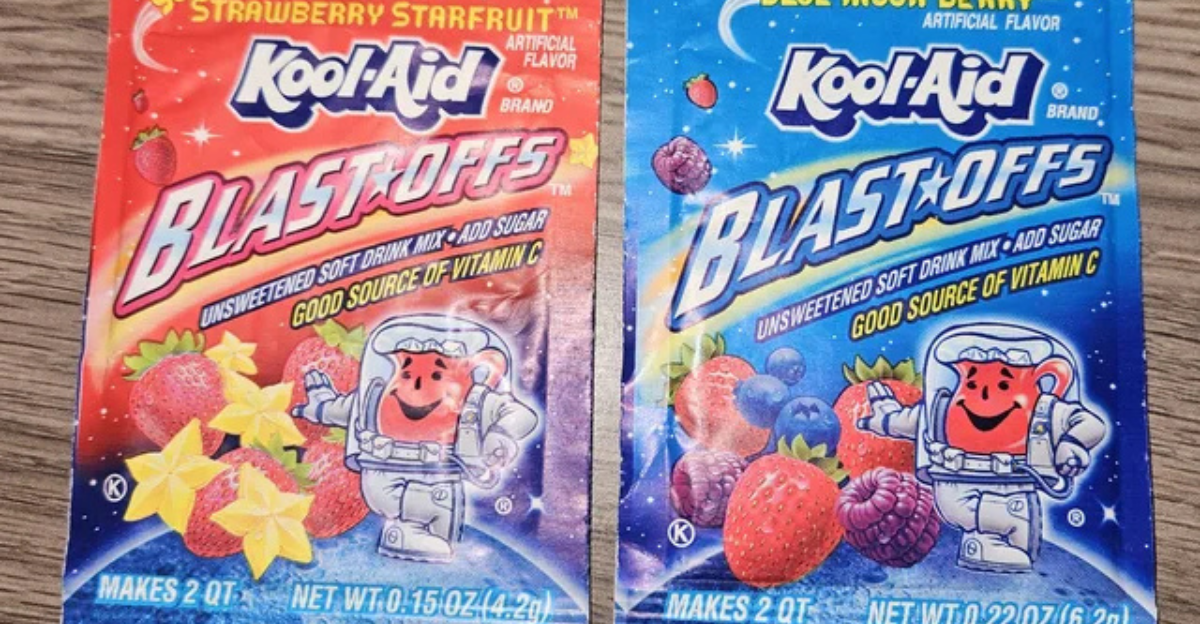
Famed for its Kool-Aid Man mascot, this drink brand offers many different brightly colored flavors, many of which contain artificial dyes. Kool-Aid will be reformulating its products for the 2027 changes, with some flavors being discontinued if there isn’t a new color match.
14. Ore-Ida Frozen Potatoes
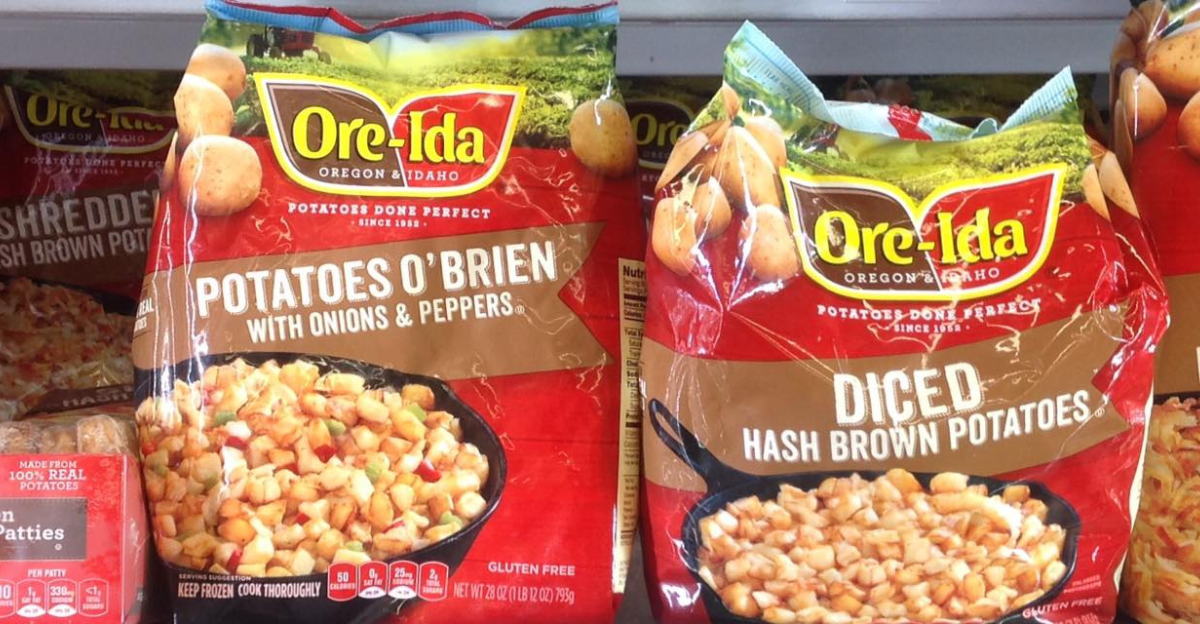
Ore-Ida, short for Oregon/Idaho, has been selling potatoes to hungry Americans since 1952 and was acquired by Kraft Heinz in 1999. While the vast majority of their products don’t have food dyes, some of the colored potatoes do feature artificial dyes.
15. Jell-O Pudding Mix
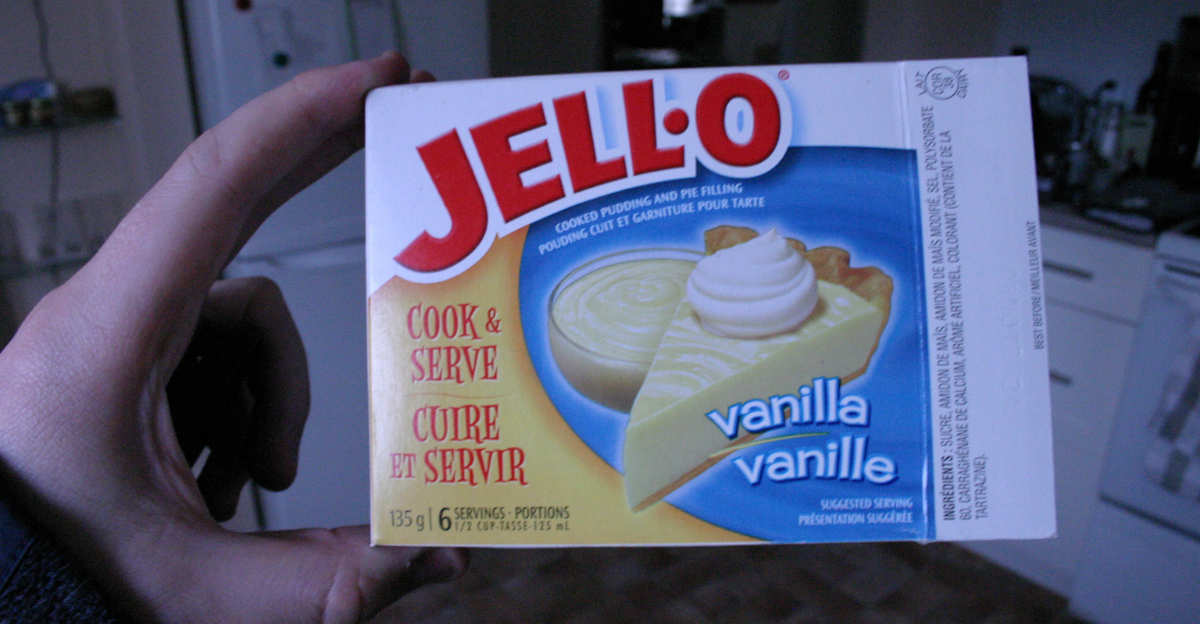
Jell-O has been synonymous with snack time for many years, as kids reached for a pudding cup when they got home from school. The mix to make Jell-O pudding does contain Yellow No. 5 and Yellow No. 6, and those dyes will soon be removed.
16. Jell-O Gelatin Mix
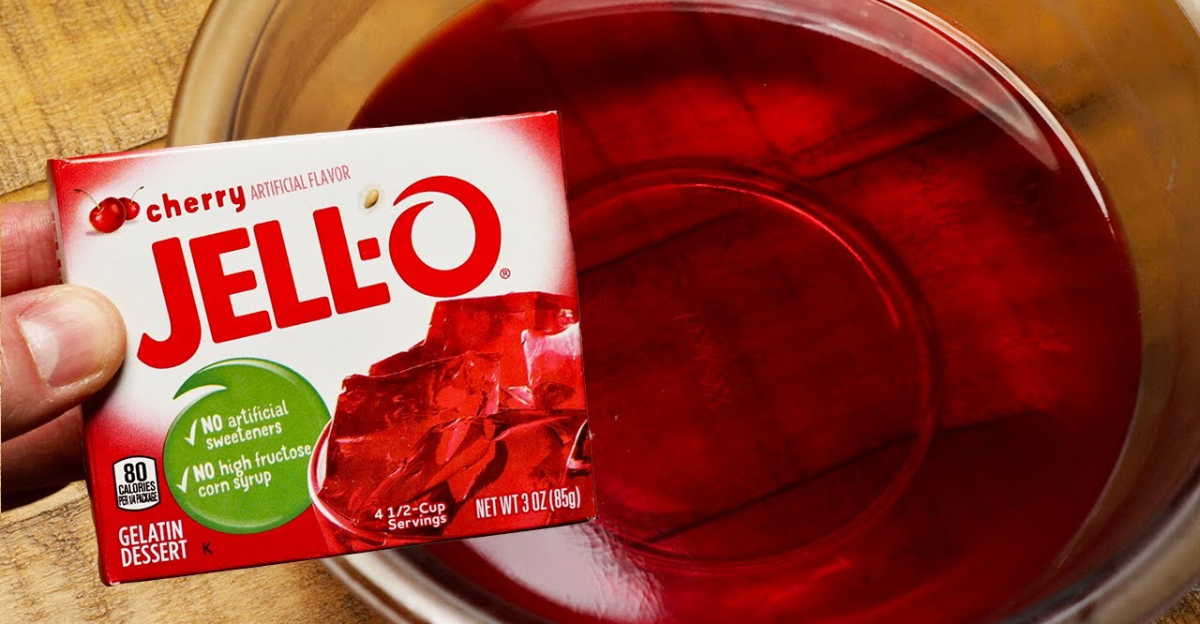
Like the brand’s pudding mix, Jell-O has also added artificial dyes to their packets. For example, strawberry Jell-O includes Red No. 40 and Blue No. 1. The dyes will be phased out of the products by 2026.
17. Jet-Puffed
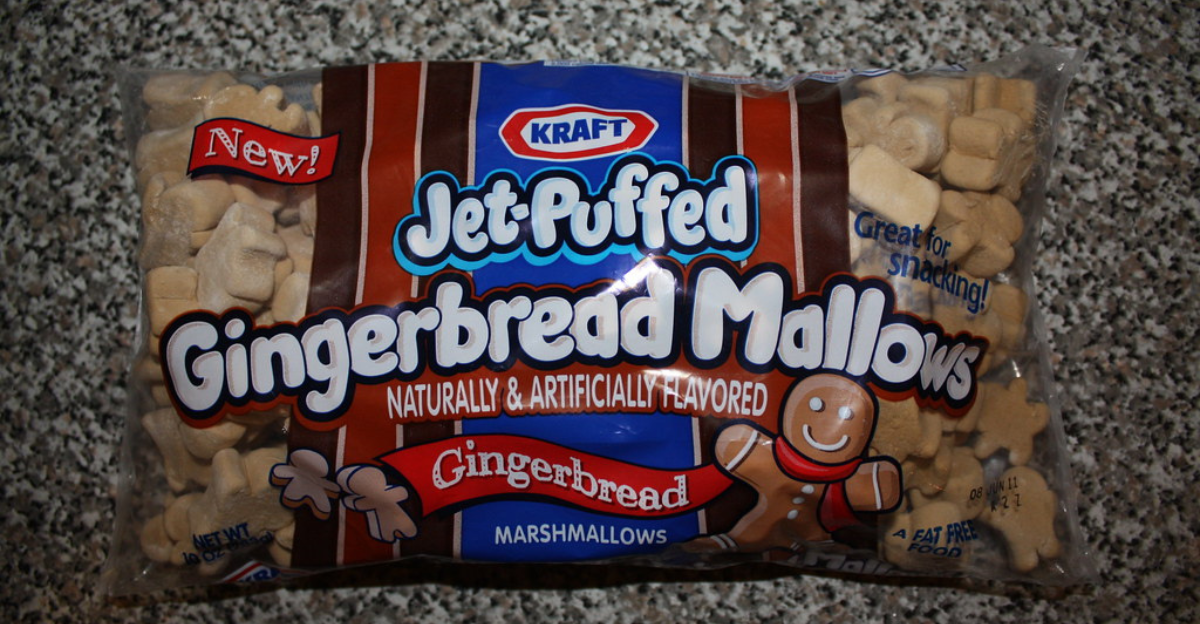
The Jet-Puffed marshmallow changed the game, as prior to the brand’s 1958 debut, marshmallows normally came in bar or square form. While the shape of Jet-Puffed marshmallows will remain the same, the formula will be different, with dyes like Blue No. 1 being removed.
18. Cheez Whiz
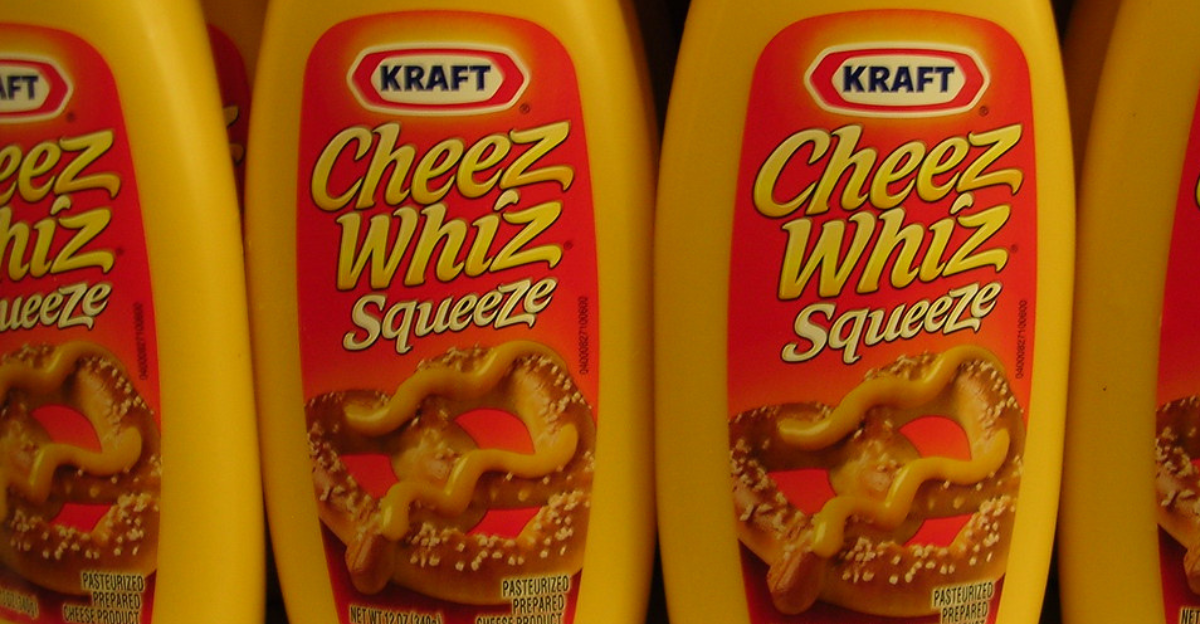
Cheez Whiz is known for its bright orange color, and that color does not come naturally. While the dyes used to create the color come from natural sources, they are then processed, which means they become artificial. Cheez Whiz will be going all natural for 2027.
19. Kraft Green Goddess Dressing
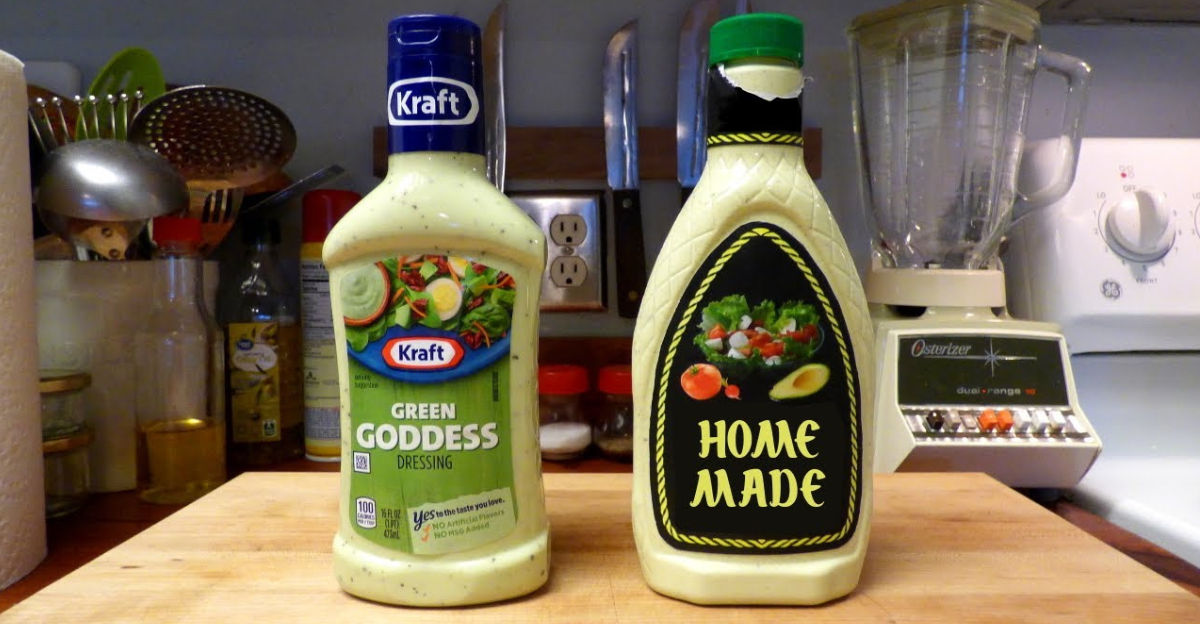
Green Goddess Dressing has become increasingly popular over the last decade, thanks to its health benefits as well as its fine taste. Kraft also felt it was important that their dressing look very green, though they will soon be swapping out artificial dyes for natural ones.
